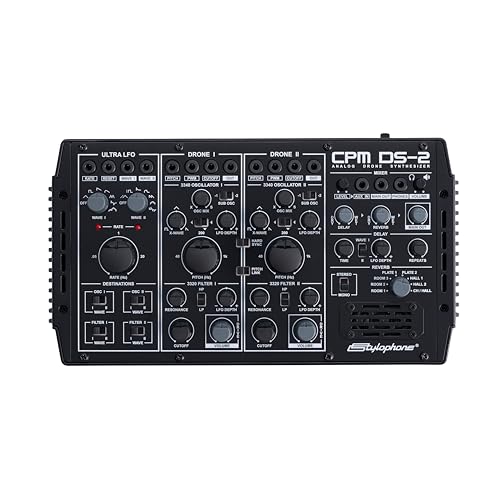Understanding Resonance in Synthesizers: An Introduction
If you’re into synthesizers, you’ve probably heard the term “resonance” before. Resonance is a fundamental concept in synthesis, as it helps to shape the overall character and timbre of a sound.
At its core, resonance is a phenomenon that occurs when a system vibrates at its natural frequency. In the context of a synthesizer, this typically means that a filter is emphasizing certain frequencies in a sound, resulting in a more pronounced and defined sound.
How Resonance is Achieved in Synthesizers
So, how exactly is resonance achieved in a synthesizer? It all comes down to the way that filters are designed and implemented.
Filters are essential components of any synthesizer. They allow you to shape the frequency content of a sound, removing or emphasizing certain frequencies. Resonance occurs when a filter is set up in such a way that it emphasizes specific frequencies, creating a peak in the frequency response curve of the filter.
When resonance is applied to a sound, it can result in a variety of interesting and unique effects. For example, it can add a distinctive “squawking” sound to a synth lead, or give a bassline a more defined and punchy character.
The Benefits of Resonance in Synthesizers
Resonance is a powerful tool in the arsenal of any synthesizer enthusiast. By emphasizing specific frequencies in a sound, resonance can help you create unique and interesting sounds that stand out from the crowd.
Furthermore, resonance helps to add depth and character to a sound. Without resonance, many sounds can sound flat or lifeless. By adding resonance, you can bring a sound to life and make it more dynamic and exciting.
Tips for Using Resonance in Your Synthesizer Sounds
If you’re interested in incorporating resonance into your own synthesizer sounds, there are a few tips that can help you get started.
- Experiment with different filter types and settings to find the right resonance effect for your sound.
- Use resonance sparingly – too much can quickly become overwhelming and unpleasant to the ear.
- Consider using resonance in combination with other processing techniques, such as distortion or modulation, to create even more unique sounds.
In Conclusion
Resonance is a key concept in synthesis, and an essential tool for any synthesizer enthusiast. By understanding how resonance works and learning how to use it effectively in your sounds, you can create unique and exciting music that stands out from the crowd.






